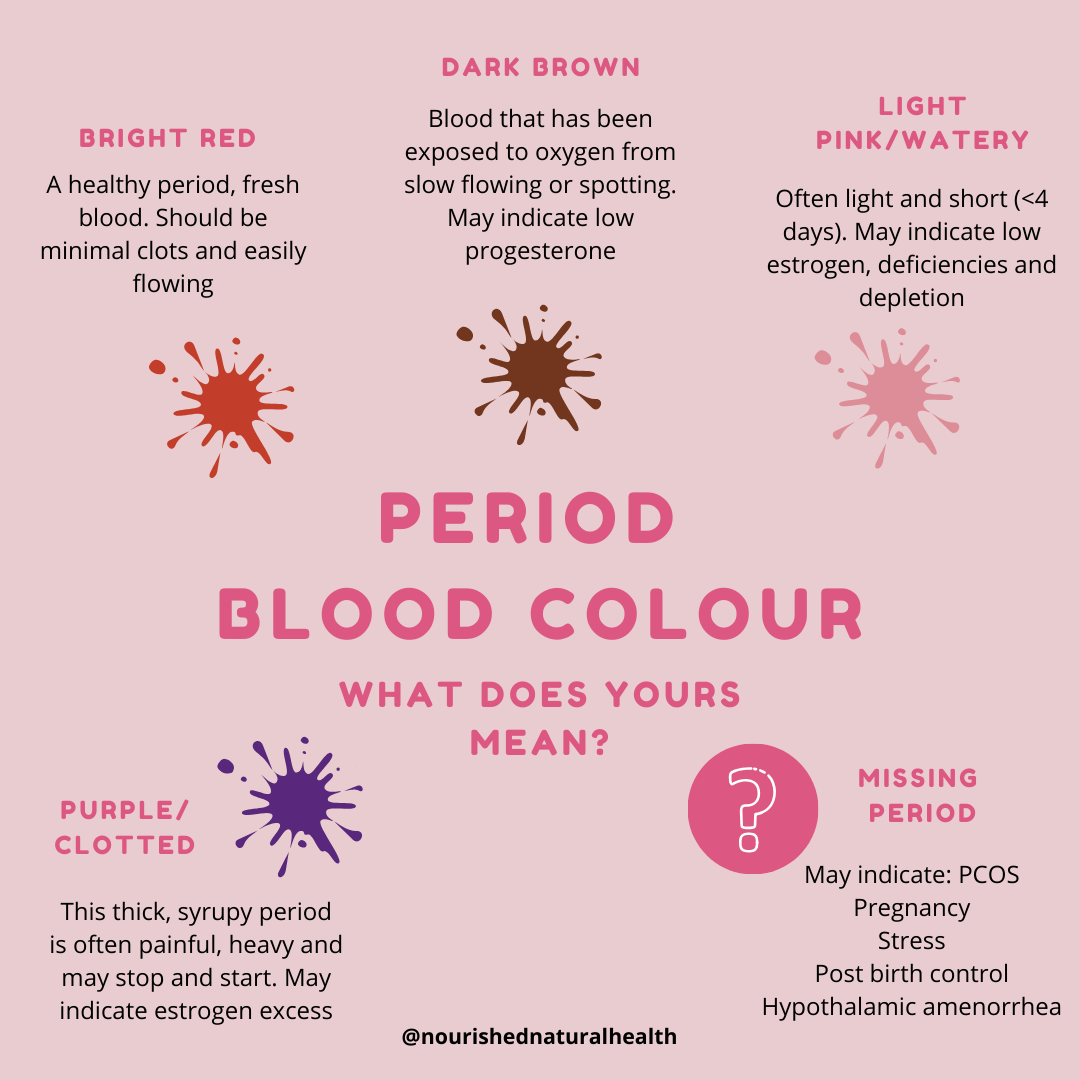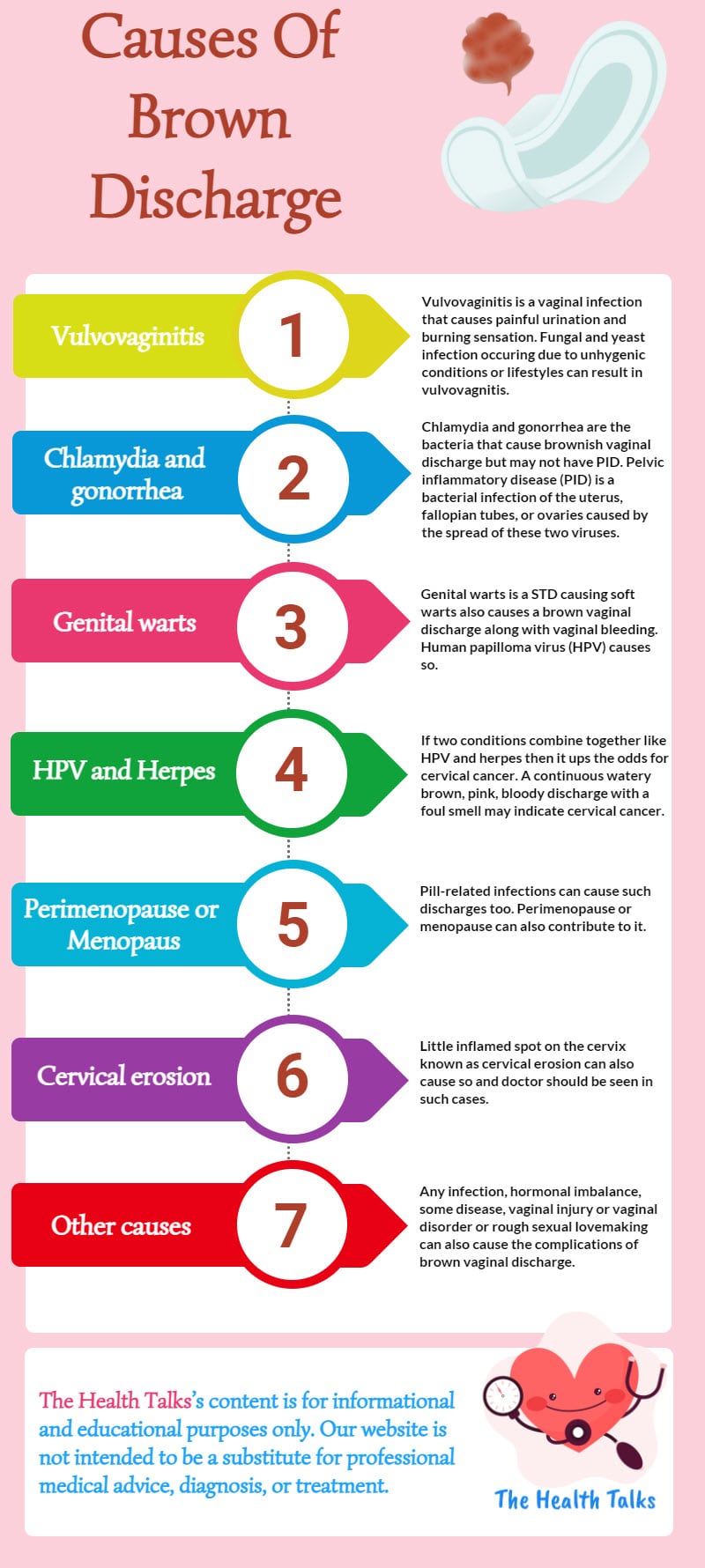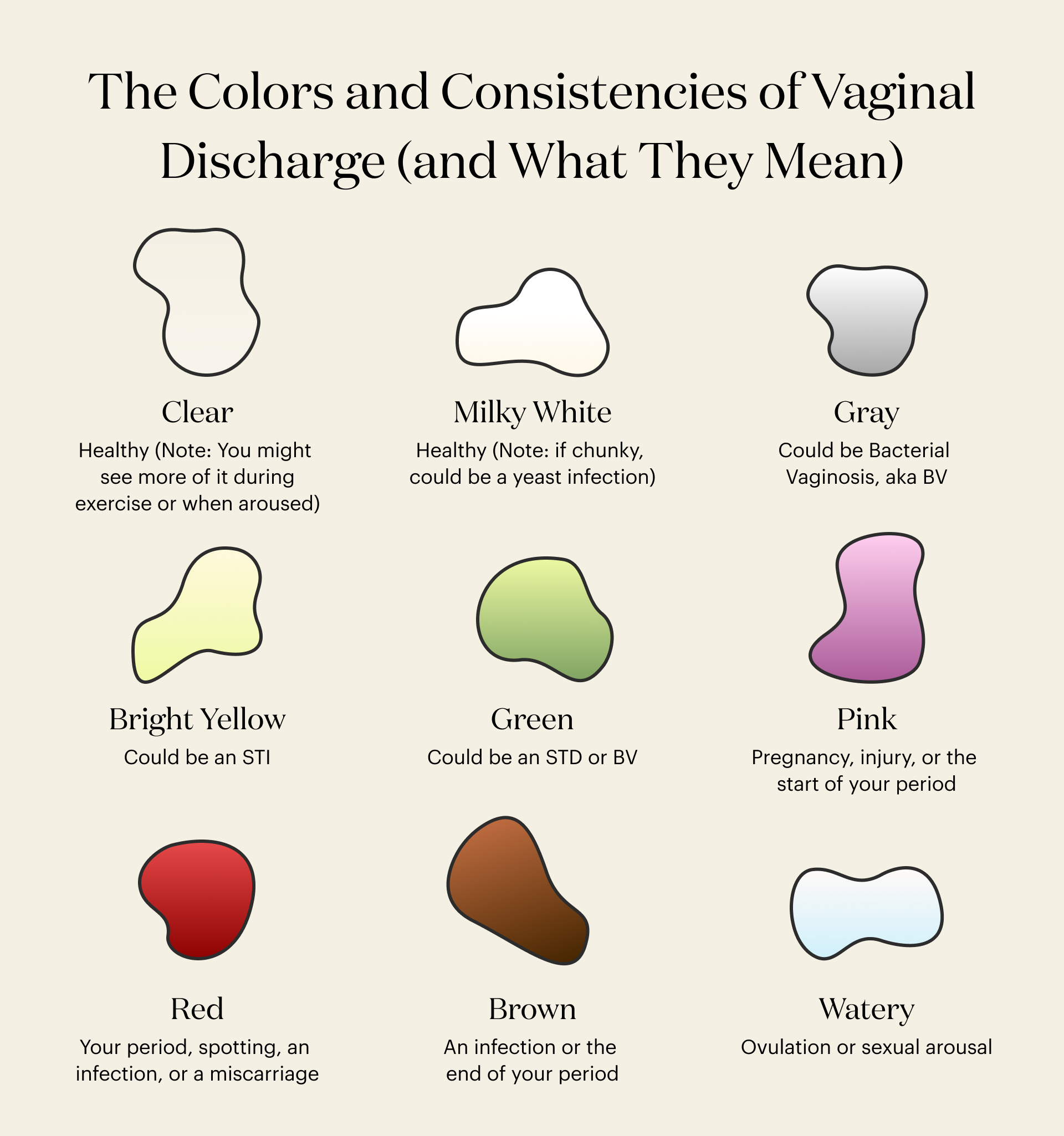My Discharge Is Brown Before My Period - If this blood takes longer to leave the uterus, it can oxidize and turn brown. Brown discharge may be a sign of perimenopause, the transition period before menopause, when periods stop for good. During a menstrual cycle, blood is shed from the uterine lining.
During a menstrual cycle, blood is shed from the uterine lining. If this blood takes longer to leave the uterus, it can oxidize and turn brown. Brown discharge may be a sign of perimenopause, the transition period before menopause, when periods stop for good.
During a menstrual cycle, blood is shed from the uterine lining. Brown discharge may be a sign of perimenopause, the transition period before menopause, when periods stop for good. If this blood takes longer to leave the uterus, it can oxidize and turn brown.
Brown Discharge Before Period Brown Stringy Discharge, Pregnancy
Brown discharge may be a sign of perimenopause, the transition period before menopause, when periods stop for good. If this blood takes longer to leave the uterus, it can oxidize and turn brown. During a menstrual cycle, blood is shed from the uterine lining.
Discharge Before Period How Cervical Mucus Changes
Brown discharge may be a sign of perimenopause, the transition period before menopause, when periods stop for good. If this blood takes longer to leave the uterus, it can oxidize and turn brown. During a menstrual cycle, blood is shed from the uterine lining.
Brown discharge causes symptoms and treatment Artofit
Brown discharge may be a sign of perimenopause, the transition period before menopause, when periods stop for good. During a menstrual cycle, blood is shed from the uterine lining. If this blood takes longer to leave the uterus, it can oxidize and turn brown.
Why Is My Period Blood Brown? Period Blood Color, Explained theSkimm
Brown discharge may be a sign of perimenopause, the transition period before menopause, when periods stop for good. During a menstrual cycle, blood is shed from the uterine lining. If this blood takes longer to leave the uterus, it can oxidize and turn brown.
Your Period Brown Discharge Sign Of The Dark
If this blood takes longer to leave the uterus, it can oxidize and turn brown. During a menstrual cycle, blood is shed from the uterine lining. Brown discharge may be a sign of perimenopause, the transition period before menopause, when periods stop for good.
💖 Brown Vaginal Discharge Types, Symptoms, Causes
If this blood takes longer to leave the uterus, it can oxidize and turn brown. During a menstrual cycle, blood is shed from the uterine lining. Brown discharge may be a sign of perimenopause, the transition period before menopause, when periods stop for good.
Brown Discharge Before Period Causes YouTube
Brown discharge may be a sign of perimenopause, the transition period before menopause, when periods stop for good. If this blood takes longer to leave the uterus, it can oxidize and turn brown. During a menstrual cycle, blood is shed from the uterine lining.
Light Brown Discharge Before Period
If this blood takes longer to leave the uterus, it can oxidize and turn brown. Brown discharge may be a sign of perimenopause, the transition period before menopause, when periods stop for good. During a menstrual cycle, blood is shed from the uterine lining.
What Causes Brown Discharge Before Period? How To Stop?
Brown discharge may be a sign of perimenopause, the transition period before menopause, when periods stop for good. If this blood takes longer to leave the uterus, it can oxidize and turn brown. During a menstrual cycle, blood is shed from the uterine lining.
How To Get Rid Of A Discharge Askexcitement5
During a menstrual cycle, blood is shed from the uterine lining. Brown discharge may be a sign of perimenopause, the transition period before menopause, when periods stop for good. If this blood takes longer to leave the uterus, it can oxidize and turn brown.
If This Blood Takes Longer To Leave The Uterus, It Can Oxidize And Turn Brown.
During a menstrual cycle, blood is shed from the uterine lining. Brown discharge may be a sign of perimenopause, the transition period before menopause, when periods stop for good.

:max_bytes(150000):strip_icc()/cervical-mucus-before-period-5210422_FINAL-36de78681d334e2da23e7de00e81e476.jpg)







